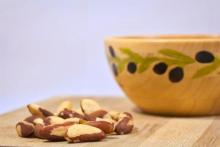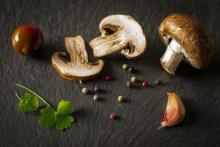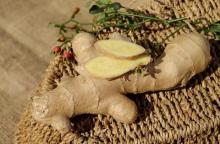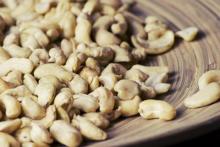Superfood 101: Apples!
Apples are a member of the family Rosaceae, the Rose family in the genus Malus Mill. or apple P. This genus contains thirty-six species. There are about 10,000 varieties of apples throughout the world, of which 7,000 can be found in the United States.








